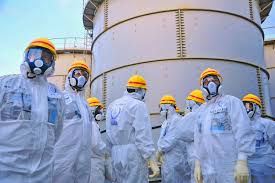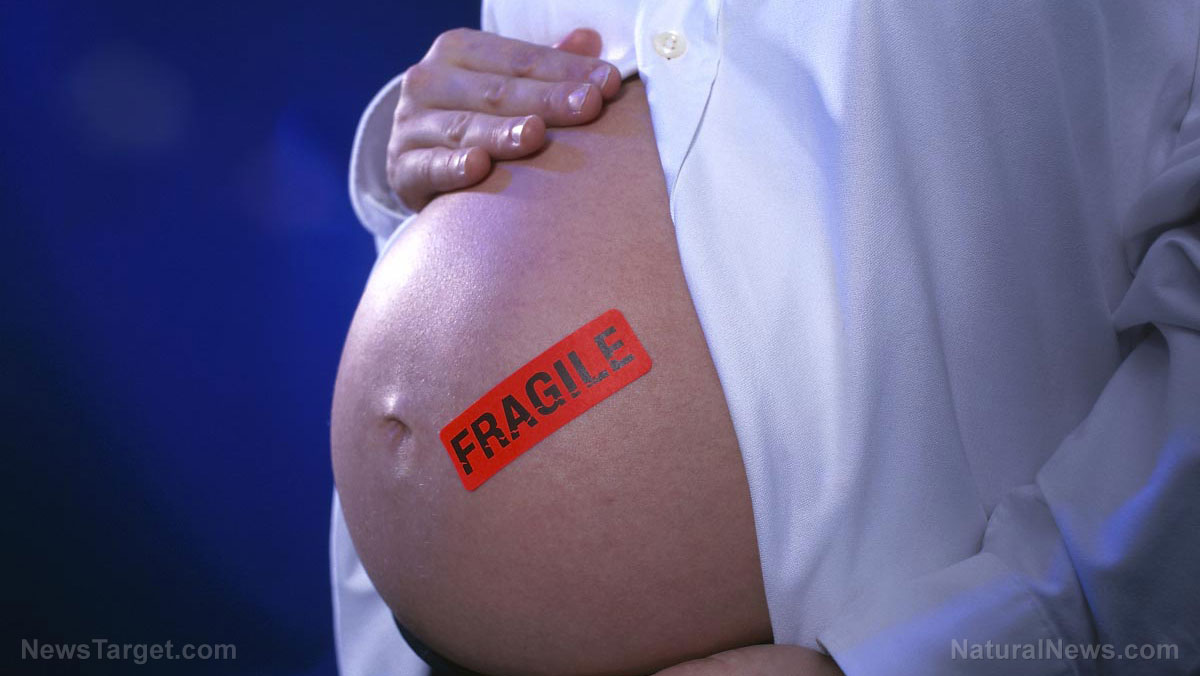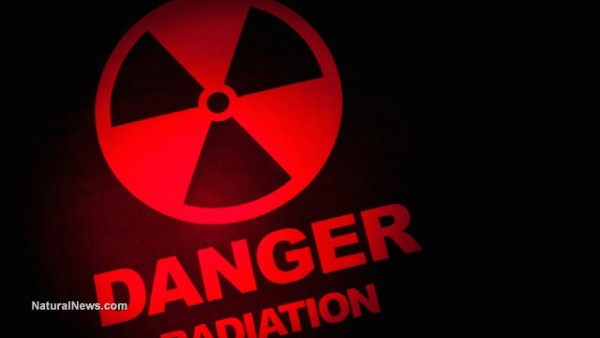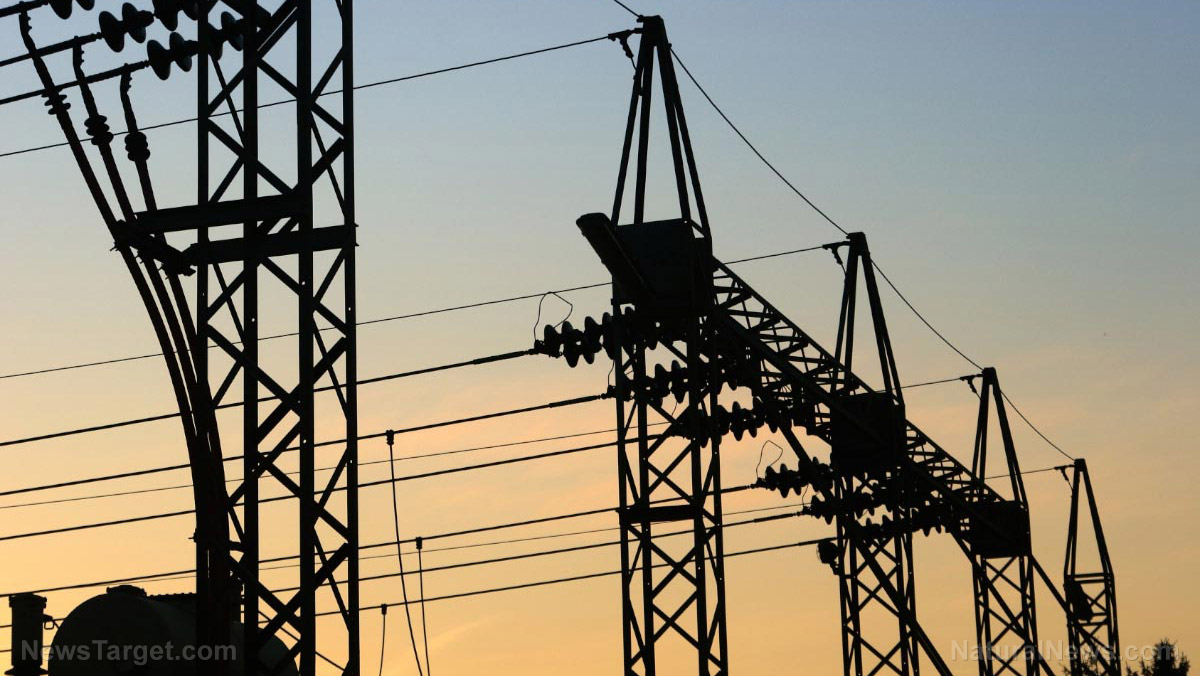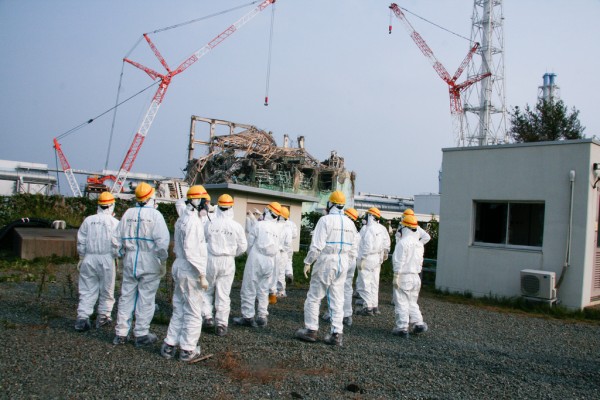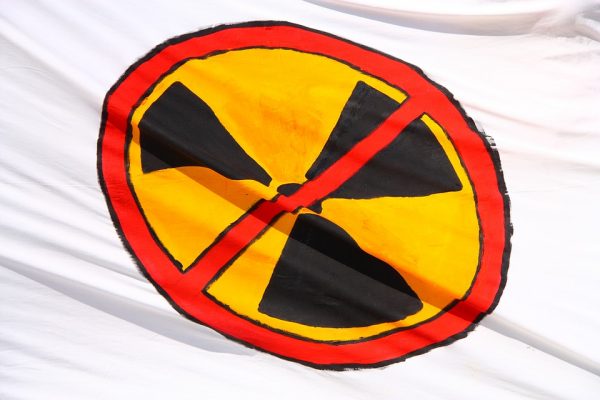Nuclear power plant map reveals how grid-down scenario would obliterate the entire East Coast of the USA (except Maine)
04/17/2017 / By JD Heyes
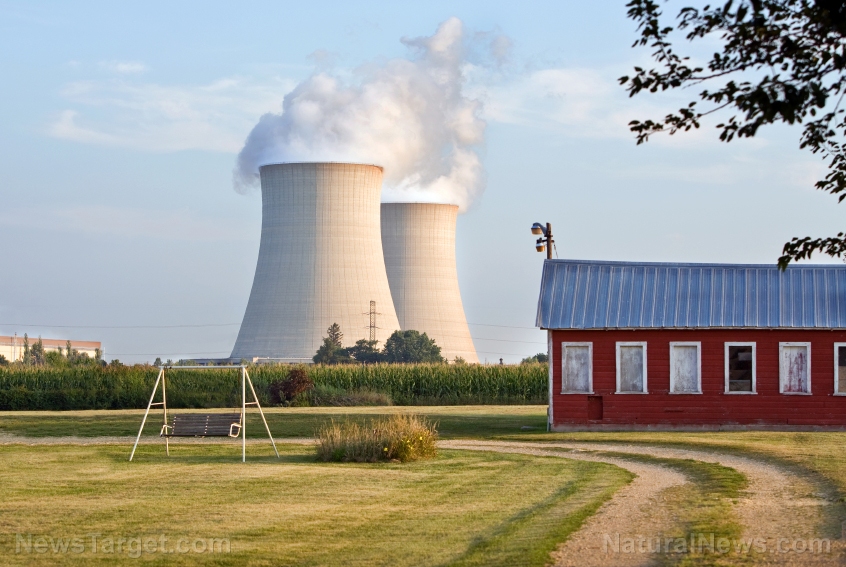
A scientific group is sounding the alarm in a new interactive chart that reveals how unstable the country’s nuclear power plants could become were something to happen to the power grid that provides them with the electricity they need to safely operate.
The Union of Concerned Scientists, in its interactive database, notes that the nation’s highest concentration of nuclear plants is along the U.S. east coast, which is also home to the highest concentration of Americans in the country. Areas around New York City, Philadelphia, Washington, D.C. and most of the southeast are at the greatest risk.
Should a grid-down scenario develop, and last for more than a few days, a hundred million Americans will be at risk of dying a horrible, radiation-filled death. (RELATED: 28 Nuclear Reactors In The United States Could Suddenly Fail Due To Earthquakes… Most Are Located Along The East Coast)
In 2011, following the nuclear disaster at Japan’s Fukushima Daiichi power plant, The Associated Press reported that a study showed U.S. plants were vulnerable to power outages:
It’s a nightmarish scenario: A days-long blackout at a nuclear power plant leading to a radioactive leak. Though the odds of that happening are extremely remote, an Associated Press investigation has found that some U.S. plants are more vulnerable than others.
Even before the Japan accident in March 2011, the U.S. Nuclear Regulatory Commission was concerned that a protracted power outage could lead to radiation leaks as the loss of power to plants’ cooling tanks would lead to overheating and spillage of dangerous atomic elements.
In fact, the NRC ran a simulation in 2009 at the Peach Bottom Atomic Power Station outside Lancaster, Pa., and discovered that it would take less than one day for radiation to leak if a flood, fire or other event caused the power grid to go down.
But what about an event that no one wants to think about: An electromagnetic pulse (EMP) that would essentially wipe out most of the country’s power grid and send the country spiraling back to the 18th century?
An EMP event doesn’t have to come from a nuclear weapon detonated high above our country. A major solar storm on the sun would accomplish the very same thing. In addition, hackers from foreign governments are also a huge threat.
If/when it happens, this will become a doomsday scenario for Americans everywhere, as there are nuclear power plants all across the United States (with the exception of the vast – and sparsely populated midwestern states).
If huge swaths of the nation’s power grid are destroyed in this fashion, it would take years to rebuild completely, though sections of the grid could be restored within months thanks to an effort undertaken by eight power companies in 2015 to build transformers and other essential electrical components for a national stockpile.
The only state along the East Coast that may be spared is Maine, where Central Maine Power launched a $1.4 billion effort in 2015 to upgrade their power grid against potential physical or cyber attacks. Also, the state of Texas is supported by its own power grid. (RELATED: REPORT: We Must Protect Lone Star State’s Stand-Alone Power Grid As Texas Is Home To Massive U.S. Military Presence Vital To National Defense)
There is also this to consider. When the nation loses much of its power grid, societal breakdown will occur, there are no two ways about it. There are not enough police officers, National Guard and Army troops to quell the rioting. As our cities break down and devolve into mindless and horrific violence, that will only exacerbate power plant meltdown and fallout. Even if there is anyone around to begin installing new transformers and electrical equipment to restore power, it won’t happen quickly enough for a large enough area. Even these repair efforts are liable to be rendered impossible by roving bands and mobs who only want to kill, loot and burn.
In order to avoid a nuclear catastrophe following a grid-down scenario, everything that has been set up to mitigate or avoid a breakdown would have to work – perfectly. Backup power options to keep spent nuclear fuel rods cool can’t fail – even one failure would spark a horrendous crisis and cause a major meltdown and radiation release.
Federal agencies, as problematic as they are, also are never fully funded. So despite the fact that there is a Nuclear Regulatory Commission charged with oversight of the nation’s 104-odd nuclear plants, it’s almost a certainty that there are a plethora of safety violations, shortcuts and other accidents waiting to happen at most of those plants.
But hoping for the best is not a solution, either. Plan ahead if you live near a nuclear plant, have an escape route, supplies and a way to prevent absorption of radioactive elements.
J.D. Heyes is a senior writer for NaturalNews.com and NewsTarget.com, as well as editor of The National Sentinel.
Sources:
Tagged Under: EMP event, grid down, leaks, nuclear meltdown, nuclear power plants, radiation

